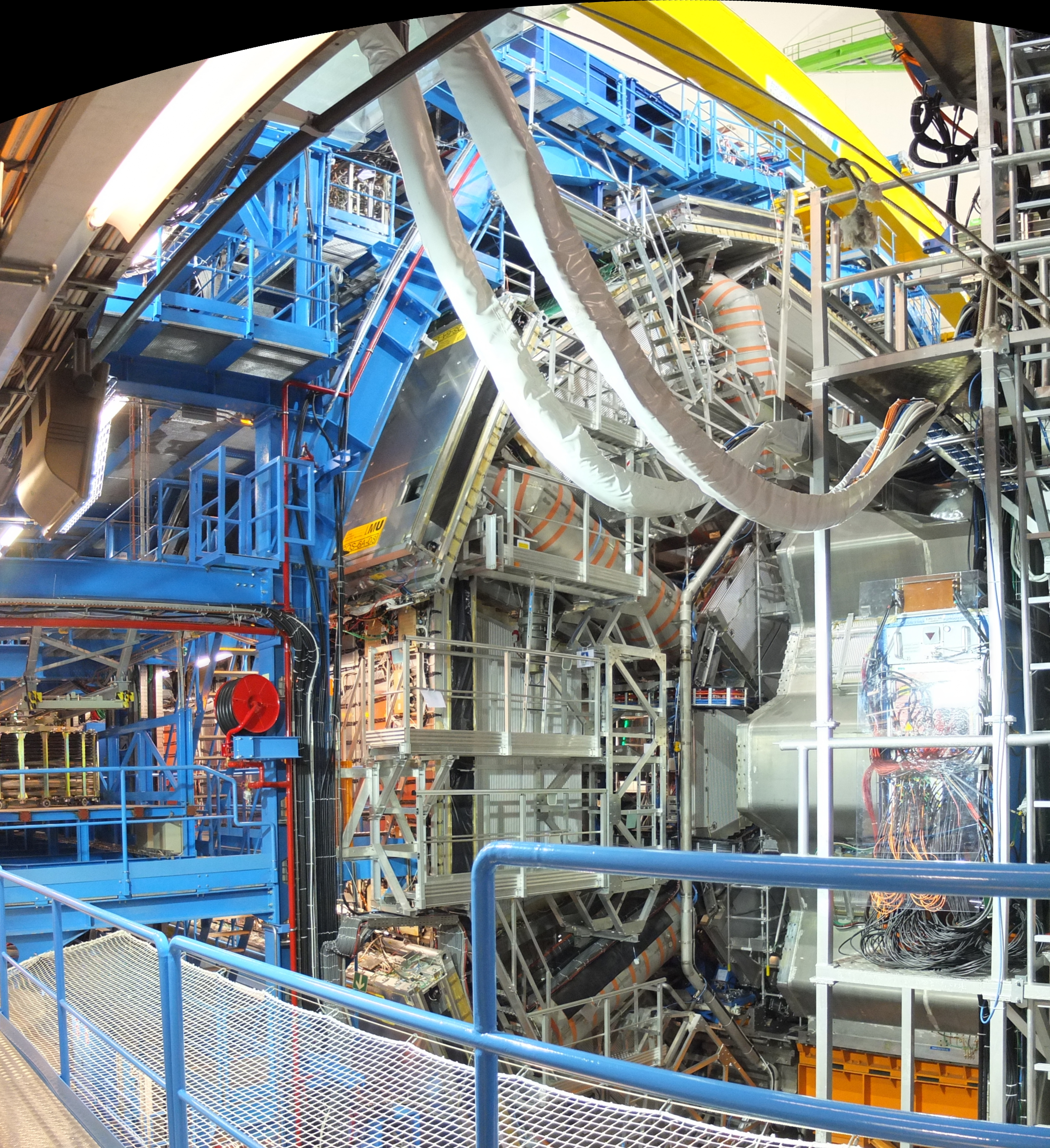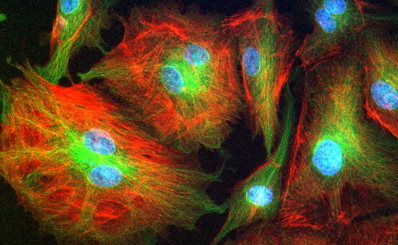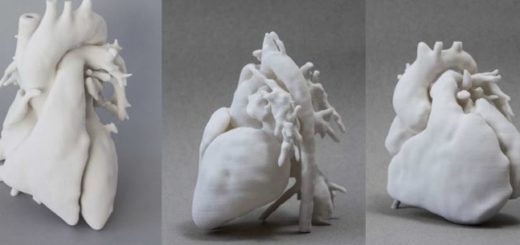ExoMars Mission: After Schiaparelli
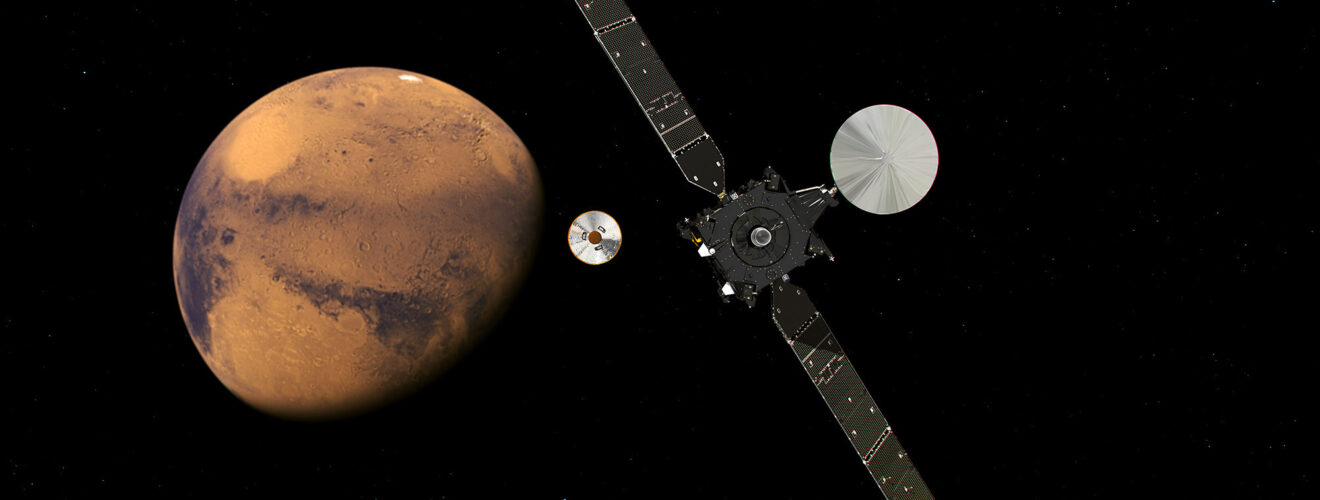
On 19th October 2016, European Space Agency (ESA) scientists waited with bated breath to hear a signal from the Schiaparelli lander, the Entry, Descent and Landing Demonstrator Module of the ExoMars project. Unfortunately, as the minutes ticked by, it became clear that the signal from the lander had been lost and that something, somewhere along the way, had led to a failure.
The Schiaparelli lander was designed to test landing technology for future soft landings on Mars. It emerged that the lander had crashed due to the rocket thrusters only firing for 3 seconds, rather than 30 — the intended soft landing had become a very hard one. ESA scientists now have 4 years to perfect this technology before the next part of the ExoMars mission sees a rover landing on the Red Planet. However, a great deal of good science can still come out of this mission, in spite of the crash.
First off, to clarify: ExoMars is short for “Exobiology on Mars.” This mission is searching for life on Mars (Bowie would be proud). The ExoMars Trace Gas Orbiter is still working and is currently orbiting Mars, monitoring methane and other gases. The presence of methane is of particular interest: while it can be a result of geological activity, methane can also be caused by the presence of life. The orbiter will also help to find the perfect landing site for that rover in 2020.
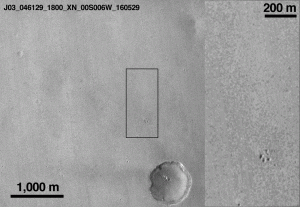
Before and after images of the Schiaparelli crash site, taken from orbit. Image credit: NASA/JPL-Caltech/MSSS
Although unfortunate, the Schiaparelli lander’s crash doesn’t represent a total failure. All of the data recorded by Schiaparelli during its descent has been recovered. The telemetry data, in particular, give important information that will be valuable to future landings, including the wind speeds and atmospheric structure. David Parker, ESA’s Director of Human Spaceflight and Robotic Exploration, explained that “From the engineering standpoint, it’s what we want from a test, and we have extremely valuable data to work with”1. The data retrieved is still being analysed.
The excitement involved in Mars missions, especially those concerning life on Mars, isn’t going anywhere fast. The possibility of life on Mars has fascinated people since the astronomer Giovanni Schaparelli, for whom the lander was named, made his observations of Mars in the 19th Century. Some features in the Martian surface were, at the time, mistaken for canals (Shaparelli had identified them as channels) and although the idea of canals on Mars has long since been abandoned, the search for Martian life that they sparked continues today.
There’s a lot of work to be done before 2020 — but it’s not an insurmountable challenge and given the value of the science, it will all be worth it.
Edited by Sarah Spence and copy edited by Kim Wood

